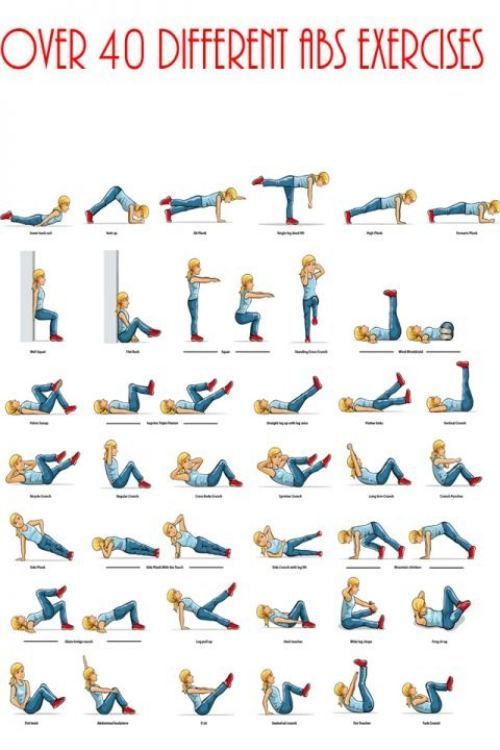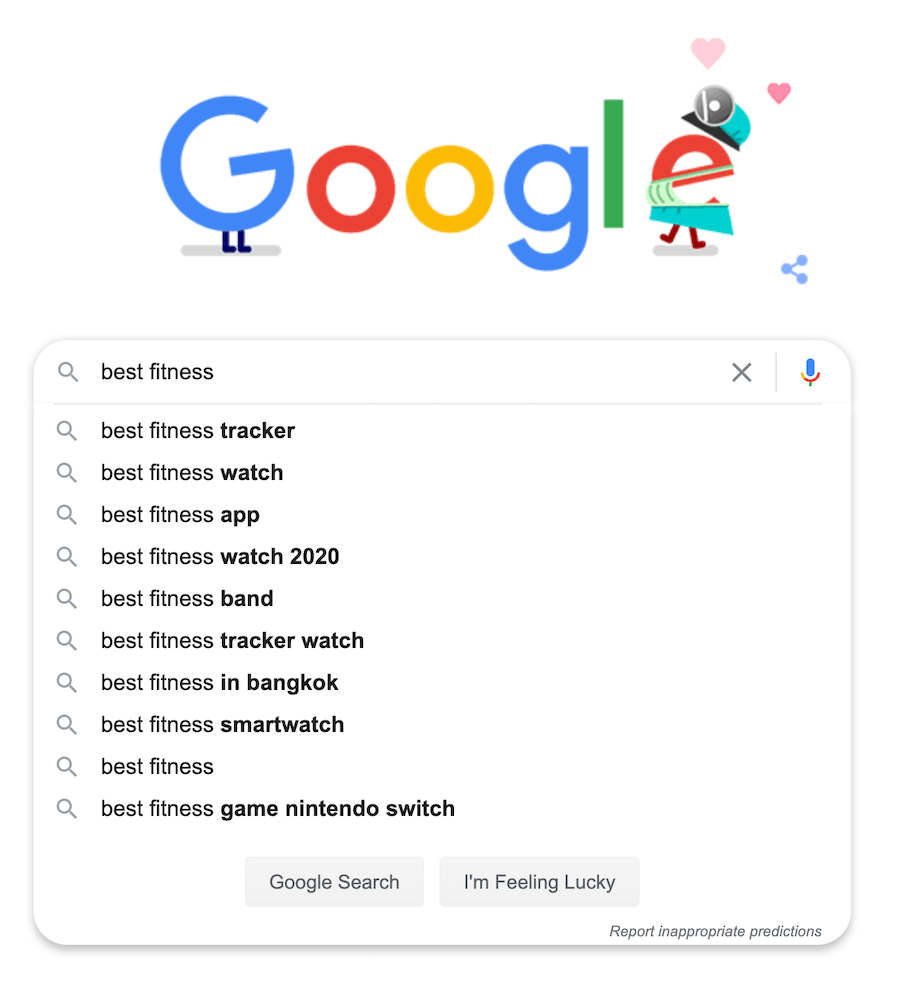
For strength training, the best exercises should include basic compound movements such as deadlifts, squats and bench presses. While you can add weight to these exercises, you should focus on form, so it's important to perfect bodyweight moves before moving on to weights. The press-up, for example, is a great exercise to increase upper-body strength and takes very little time. It's a great way to get the most bang for your buck.
You should focus your strength training on compound lifts. This is a difficult exercise that requires proper form. Although there are many exercises that can help increase strength and muscle mass, these are the most important. If you don’t have the funds to purchase weights, you could also use your own body weight with a dumbbell. This will balance your strength and let you focus on your weaker areas. The goal is to improve your overall fitness and strength.

If you're not sure what to do, try starting with a bodyweight dip. This workout will help build strength and power to perform heavy lower-body lifts. Barbell benchpresses are also possible. A basic barbell benchpress is a great way to build a strong back. StrongWomenUK's page on Instagram will help you choose the right exercises for you.
Once you've completed the sit-ups & push-ups basics, you can move to more challenging exercises like standing overhead presses & barbell box stepups. You can build lean muscle by cycling. But, it is best to warm up and cool off before cycling. Your strength can be improved by a simple morning run. There are many other methods to increase flexibility. These tips will make it easy to start your strength-training program.
Strength training for women is very similar to that for men. There are 8-10 options depending on what your goals are. It's best to concentrate on one exercise for each muscle group, especially for beginners. Larger muscles may be able to handle multiple exercises, so it is up to you which ones are most effective for you. Ask your trainer to help you choose the right exercises.

When you start strength training, it may be difficult at first. You might not be comfortable with a new routine if it's something you've never done before. It can be daunting but you will learn the skills and techniques you need to exercise properly. The key is to learn what you're supposed to do and how safe it is. JC's Total Body Transformation program can help you achieve your goals in a few months.
FAQ
What are the 7 tips to have a healthy life?
-
Be healthy
-
Exercise regularly
-
Sleep well
-
Get plenty of water.
-
Get enough sleep
-
Be happy
-
Smile often.
Is cold a sign of a weak immune response?
It's been said that there are two kinds of people in the world; those who love winter and those who hate it. You may wonder why you feel so bad when it's cold, regardless of whether you love it or hate it.
The reason is simple: Our bodies are made to function well in warm temperatures. Hot climates are where our food sources are most plentiful, and we evolved to thrive there.
But now we live in an environment that is very different from how our ancestors lived. We spend a lot more time indoors, and are often exposed at extreme temperatures (cold and hot), and we eat processed foods over fresh.
This means that our bodies aren’t used to these extremes. It means that when we do go outdoors, we are often tired, sluggish or even sick.
There are many ways to avoid these side effects. One way is to make sure that you stay well-hydrated throughout the day. Hydration is key to keeping your body well hydrated, flushing out toxins and keeping your system healthy.
It is important to eat healthy foods. Consuming healthy food helps maintain your body's optimal temperature. This is especially beneficial for those who spend extended periods of time inside.
Finally, consider taking a few minutes each morning to meditate. Meditation can relax your mind and make it easier manage stress and illness.
What is the difference between a virus and a bacterium?
A virus is a microscopic organism that cannot reproduce outside its host cell. A bacterium is a single-celled organism that reproduces by splitting itself in two. Viruses have a very small size (about 20 nanometers), while bacteria is larger (up to one micron).
Viruses spread easily through contact with infected bodily tissues, such as saliva and urine, semen, vaginal secretions or pus. Bacteria are often spread via direct contact with contaminated surfaces or objects.
Viruses can get into our bodies through cuts and scrapes on the skin, bites, and other injuries. They may also get into the body through the nose and mouth, eyes, ears or rectum.
Bacteria can enter our bodies through wounds, cuts, scrapes, burns, insect stings, or other breaks in our skin. They can also get into our bodies via food, water or soil.
Both bacteria and viruses cause illness. Viruses can not multiply within the host. They infect only living cells, causing illness.
Bacteria can grow in their hosts and cause disease. They can invade other areas of the body. We need antibiotics to get rid of them.
Why does our weight change as we get older?
How can you find out if your weight has changed?
Weight loss happens when there is less muscle mass and more fat. This means that daily calories should be less than daily energy. Activity levels are the most common reason for weight loss. Other factors include stress, illness and pregnancy. A person who has more fat than their muscle mass will experience weight gain. It occurs when people eat more calories than what they use in a given day. The most common causes are overeating, increased activity, hormonal changes, and excessive calories.
We eat less calories than we burn, which is the main reason our bodies lose weight. Exercise regularly increases your metabolism rate, which allows you to burn more calories every day. This does not necessarily mean that we will get thinner. What is more important is whether or not our body is losing or gaining weight. If we're burning more calories that we consume, we'll lose weight. However, if we consume more calories than we burn, we end up storing them as extra fat.
As we age, we become less agile and don't move as often. We also tend not to eat as much food as we used to when we were younger. Therefore, we tend to put on weight. On the flipside, we are more muscular than we really need and appear bigger.
Without regularly weighing yourself, it is impossible to gauge how much weight you have lost. There are many ways you can measure your weight. You can gauge your waist size, hips, hips, thighs and arms. Some people prefer to use bathroom scales while others like to use tape measures.
For a better track of your progress, try to weigh yourself once per week and measure your waistline once every month. You can also take pictures of yourself every few months to see how far you've come.
Online measurements of your height and weight can help you determine your body mass. If you are 5'10" tall, and you weigh 180 lbs, then you would probably weigh 180 lbs.
What is the difference between sugar and fat?
Fat is an energy source that comes directly from food. Sugar is a sweet substance that can be found naturally in fruits or vegetables. Both fats, as well sugars, provide the same number calories. However, fats contain more than twice as many calories as sugars.
Fats are stored in the body and contribute to obesity. They cause cholesterol buildup which can lead to strokes and heart attacks.
Sugars can be quickly absorbed by your body and give you instant energy. This causes blood glucose levels rise. High blood glucose levels can pose a danger because they increase the chance of developing type II Diabetes.
What lifestyle is most healthy?
Healthy lifestyles include eating healthy food, regular exercise, good sleep, and avoiding stress. This will ensure that you live a long healthy life.
Small changes to your diet or exercise routine can help you start losing weight. You can lose weight by walking 30 minutes each day if you are looking to lose weight. Or, if you want to get more active, take up swimming or dancing. You could also sign up to an online fitness platform like Strava, which tracks your activity.
Statistics
- This article received 11 testimonials and 86% of readers who voted found it helpful, earning it our reader-approved status. (wikihow.com)
- Extra virgin olive oil may benefit heart health, as people who consume it have a lower risk for dying from heart attacks and strokes according to some evidence (57Trusted Source (healthline.com)
- WHO recommends consuming less than 5% of total energy intake for additional health benefits. (who.int)
- The Dietary Guidelines for Americans recommend keeping added sugar intake below 10% of your daily calorie intake, while the World Health Organization recommends slashing added sugars to 5% or less of your daily calories for optimal health (59Trusted (healthline.com)
External Links
How To
What does "vitamin" actually mean?
Vitamins can be described as organic compounds found in food. Vitamins are essential for our bodies to absorb nutrients from the foods we eat. Vitamins cannot be produced by the body. They must be acquired from food.
There are two types if vitamins: water soluble, and fat soluble. Water-soluble vitamins dissolve quickly in water. Some examples include vitamin C,B1 and B2 vitamins (thiamine), B2 and riboflavin, B3 and B6 vitamins (niacin), folic acids, biotin, pantothenic acids, and cholesterol. Fat-soluble vitamins can be stored in the liver or in fatty tissue. You can find vitamin D, E K, A, beta carotene, and other fat-soluble vitamins.
Vitamins can be classified by their biological activity. There are eight major groups of vitamins:
-
A - essential for normal growth and maintenance of health.
-
C is important for nerve function and energy production.
-
D - necessary for healthy bones and teeth.
-
E - needed for good vision and reproduction.
-
K - Required for healthy nerves and muscles.
-
P - Vital for strong bones and teeth.
-
Q – aids digestion of iron and iron absorption
-
R - Red blood cells are made from red blood cells.
The recommended daily allowance (RDA) of vitamins varies depending on age, gender, and physical condition. The U.S. Food and Drug Administration sets RDA values.
For adults 19 years and over, the RDA of vitamin A is 400mg per day. Because it is essential for the development of the fetus, pregnant women should consume 600 micrograms per daily. Children ages 1-8 require 900 micrograms per day. Infants under one year of age require 700 micrograms per day, but this amount decreases to 500 micrograms per day between 9 months and 12 months of age.
Children aged 1-18 years need 800 micrograms daily, while children overweight require 1000 micrograms per days. Children who are severely obese or underweight will need 1200 micrograms each day.
Children aged 4-8 years old who have been diagnosed as having anemia require 2200 micrograms of vitamin C per day.
2000 micrograms per person is necessary for general health. Due to their increased nutrient needs, pregnant and breastfeeding women need 3000 micrograms daily.
Adults over 70 need 1500 micrograms daily, as they lose 10% of their muscle every ten years.
Women who have been pregnant or are lactating require more than the RDA. Pregnant and breastfeeding women require 4000 micrograms each day during pregnancy and 2500 Micrograms each day after delivery. Breastfeeding moms need 5000 micrograms each day when breastmilk production occurs.